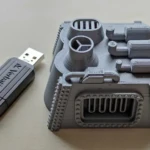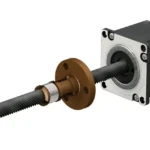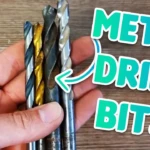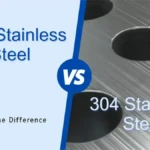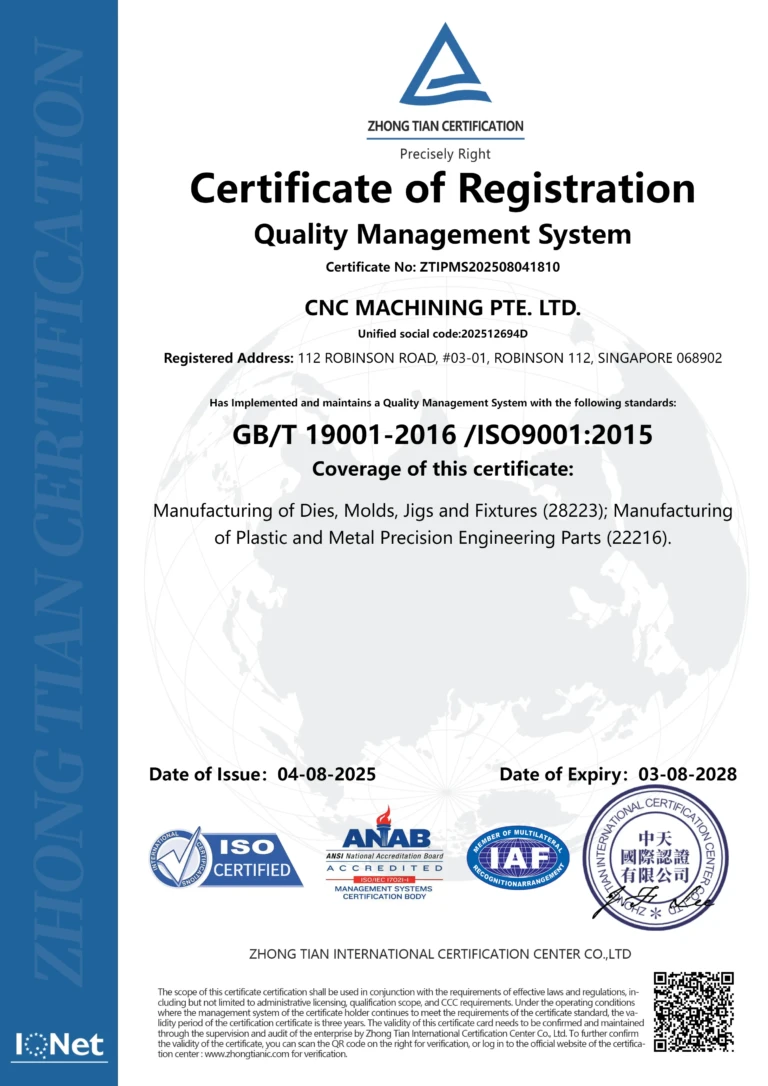Unmasking Drag Chain Dilemmas: Your Ultimate Guide to Silencing Noise and Preventing Stagnation
In industrial automation, drag chains (also called energy chains or cable carriers) are the silent workhorses guiding power, data, and fluid lines through complex pathways. Yet, when the rhythmic hum of machinery is interrupted by unsettling screeches, grinding, or sudden jams, it’s often your drag chain sounding the alarm. Ignoring these signs isn’t just disruptive; it’s a fast track to costly downtime and component failure. Let’s dissect the culprits behind these issues and arm you with battle-tested solutions.
Decoding the Symphony of Troubles: Abnormal Noise in Drag Chains
When your drag chain starts singing an unwelcome tune, listen carefully – it’s revealing underlying stress points. Understanding the precise cause is paramount for an effective fix.
-
The Assembly Tightrope: Misalignment during installation is a prime offender. Imagine a chain forced into an unnatural angle or clamped unevenly. This imposes constant internal stress, causing components (like chain links, crossbars, or cable bundles) to rub, scrape, or clash during movement. Treatment: Conduct a meticulous audit. Verify the chain’s mounting points are level, square, and secure. Ensure the travel path is smooth, without sharp kinks or unintended obstructions. Follow manufacturer blueprints religiously. Re-tensioning guides or realigning mounting hardware often solves premature wear-induced noise.
-
Overloading: The Silent Stressor: Every chain has a calculated Safe Working Load (SWL). Exceeding this limit by cramming in too many heavy cables, hoses, or external loads strains pivot points and accelerates internal wear exponentially. The result? Intensified friction manifests as grinding, groaning, or pronounced clattering. Treatment: Rigorously calculate the total dynamic load (consider cable/hose weight, fill factor, and any external forces). Redistribute heavy cables or utilize divider systems within the chain. If consistently overloaded, upgrade to a chain with a higher load rating and reinforced structure – a strategic investment in long-term silence.
-
The Dry Consequences of Neglect: Lubrication isn’t optional; it’s the lifeblood reducing friction between sliding surfaces. Degraded or absent lubrication turns smooth gliding into abrasive contact, producing a characteristic high-pitched squeal or grinding rasp. Treatment: Implement a jet-lubrication protocol using manufacturer-recommended, polymer-compatible greases. Avoid sticky, tackifying lubricants that attract dust. Focus on pivot points and high-flex zones. Frequency is key – factor lubrication checks into routine preventative maintenance schedules based on operational intensity and environmental conditions (dust, moisture).
- Battle Scars: Deformation and Damage: Impact damage (e.g., collisions), chain links pulled beyond their yield point, or prolonged operation under misaligned/overloaded conditions lead to bent links, fractured crossbars, or warped side plates. This physical distortion causes erratic, harsh grinding and catching noises. Treatment: Visual inspection is non-negotiable. Scan the entire chain under tension for misaligned links, cracks, or visible bends. Focus on high-stress connection points. Damaged sections rarely self-repair; replace compromised links or the entire chain segment promptly. Attempting to "force" a damaged chain risks catastrophic failure.
Tackling Immobility: When the Drag Chain Grinds to a Halt (Stagnation)
Stagnation isn’t just annoying; it halts productivity. Understanding its roots allows for targeted intervention:
-
The Geometry Trap: Bending Radius Blunders: Every chain has a strictly defined minimum bending radius (MBR). Force it around a tighter curve, and the chain buckles internally. Inner links compress excessively, cables/hoses pinch, and outer links experience destructive tensile stress – leading to outright jamming. Treatment: Measure doesn’t lie! Rigorously verify the actual bend radius in your installation against the chain spec sheet. Use radius transition guides during design. If the installed radius is insufficient, redesign the travel path or switch to a chain engineered for tighter bends (e.g., a model with different link geometry or higher articulation).
-
Internal Warfare: Pinched Lines: Cables and hoses inside the chain need room to breathe and slide relative to each other. Improper separation (lack of dividers), excess fill, improper clamping at chain ends, or cables over-tensioned can lead to kinking, coiling, or severe pinching. This internal bind halts chain movement. Treatment: Ensure complete cable/hose freedom. Use internal separators, clips, or modular divider systems to manage internal chaos. Verify cable lengths allow for full travel + service loops without tension or bunching. Implement proper strain relief at connection points. Always observe recommended fill limits.
- The Invaders: Debris and Foreign Objects: Industrial environments breed contamination – metal chips, abrasive grit, solidified coolant, stray fasteners. These invaders lodge between links, infiltrate pivot points, or jam alongside cables, physically blocking movement and causing grinding stagnation. Treatment: Environmental control is step one: Use protective covers or bellows where feasible, especially near grinding/milling stations. Enforce strict zone cleanliness practices. Schedule regular chain flushing (using compressed air or compatible cleaning agents on unpowered chains). Implement visual inspections focusing on accumulation points during routine maintenance. Seal entry points near chain inlets/outlets.
Engineering Resilience: Your Proactive Defense Strategy
Preventative action is far cheaper than reactive repair. Embed these practices into your operational DNA:
- The Golden Hour (Installation): First-line defense starts at install. Ensure alignment perfection, verify bending radii, confirm cable installation per specs (length, strain relief, separators), and apply initial, correct lubrication. Document the installation baseline.
- Load Vigilance: Beyond static weight, consider dynamic forces like acceleration, inertia, and vibration. Regularly audit what’s inside – cables/hoses degrade and can gain weight over time. Re-evaluate load capacity annually or after significant system modifications.
- The Lubrication Lifeline: Treat lubricant like vital medicine. Chart application points, quantities, and frequencies specific to your chain model and duty cycle. Monitor lubricant condition – contamination or darkening signifies issues.
- Eyes On: Structured Inspections: Don’t wait for failure. Schedule inspections: Weekly (quick visual scan for debris, obvious damage, unusual noise), Monthly (check lubrication state, cable/hose condition inside, verify smooth movement), Quarterly/Annually (detailed inspection of links, pins, crossbars for wear/deformation). Record findings.
- Embrace Specialized Designs: For harsh environments (high heat, chemicals, abrasive dust, submersion), proactively select chains engineered for those conditions: special polymer blends, stainless steel components, enhanced sealing, or ball-ring designs for reduced drag. Solving a problem before it starts is true innovation.
Conclusion: Silence and Flow as the Hallmarks of Health
A quiet, smooth-operating drag chain is far more than an acoustic preference; it’s the heartbeat of reliable, efficient industrial motion. By dissecting the root causes of noise and stagnation – from assembly errors and overload stress to lubrication lapses, geometric constraints, and environmental invaders – you move from reactive firefighting to predictive mastery. Implementing stringent installation protocols, vigilant maintenance, and choosing the right hardware for the environment transform your drag chains from potential fail points into pillars of unwavering production resilience. Listen to what your chain is telling you; its voice carries the sound of operational health and future-proofed productivity.


